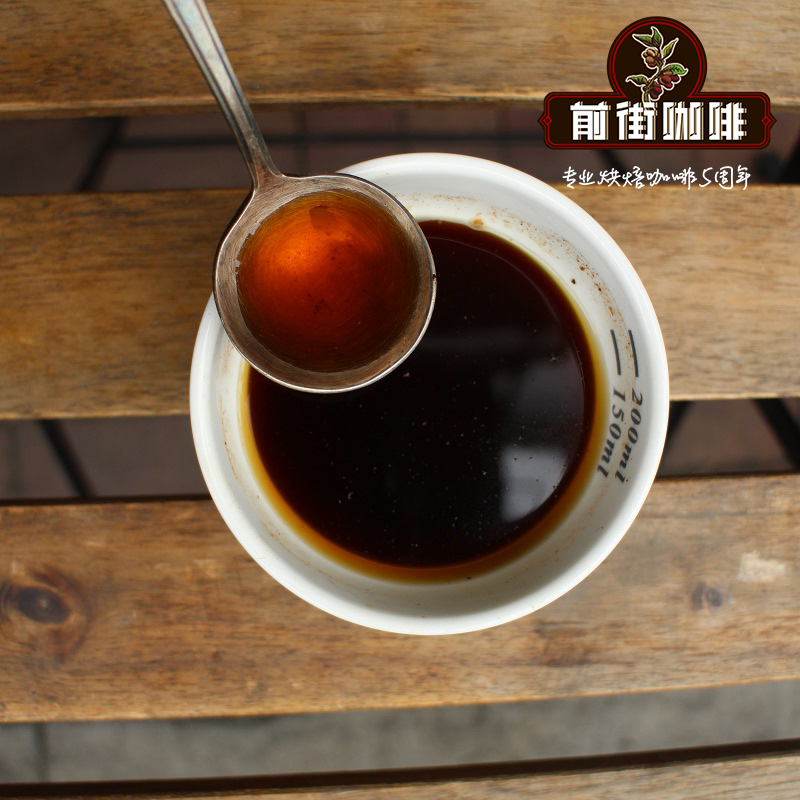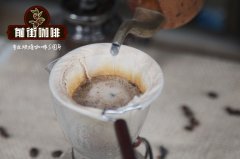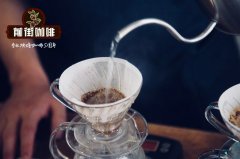Brazilian Sandoz Coffee introduces Brazilian Coffee Flavor introduction of Brazilian Coffee hand pulping parameters

Professional coffee knowledge exchange More coffee bean information Please pay attention to coffee workshop (Weixin Official Accounts cafe_style)
When it comes to Santos, Brazil, in addition to the football team, I believe many people will associate coffee. Santos is a port located in southeastern Brazil. In the past, generic coffee from different provinces was exported with the name of the port, and unknown importers promoted Santos as a coffee variety. Similar confusion occurred in the Yemeni port of Mocha.
Brazil is Latin America's largest country and the world's largest coffee producer for the past 150 years. A third of the world's coffee comes from Brazil, followed by Vietnam, Colombia and Indonesia. The annual production of Minas Gerais in the south-east alone (20 million bags) exceeds the national capacity of neighbouring Colombia (about 10 million bags). In addition, Sao Paulo, Espírito Santo, Bahia and so on are also fine coffee producing areas. Sul de Minas (Minas Gerais South) has won 90% of the top 20 prizes in the Cup of Excellence (COE) in the past two years.
But behind this record lies overexploitation and deforestation. A tropical rainforest nurtured by the Amazon River, rarely inhabited for thousands of years. But since the 18th century, the economy of coffee exports has led Brazil's primitive ecology to become a mechanized agricultural workshop. The story begins with a colonel seducing the French viceroy's wife in 1723 and obtaining seeds. After black slavery and later European immigration, Brazil's coffee production capacity once reached half of the world's demand. But with the subsequent collapse of commodity markets and the "soil fatigue"(as Brazilian farmers put it) caused by excessive grain production, farmers have changed their targets from quantity to quality, coinciding with the rise of the boutique movement in recent years.
Intense cocoa flavor into Italian formula bean darling
In terms of planting environment, Brazil has few highlands above 3000 feet, and the lack of volcanic soil is actually not conducive to coffee cultivation. Early dispersal depended on the immediate availability of nutrients from uncultivated Terra Roxa and incinerated virgin forests. Therefore, Brazil coffee acid is not strong, but strong cocoa and nut flavor, coupled with the mellow taste, make Brazil coffee become the darling of Italian formula beans. Brazil is also a common base coffee, whether chain or boutique.
Beanseed research since the 1930s
Due to congenital constraints, the Brazilian government has invested considerable resources since the 1930s to improve varieties and disease resistance. Among them, the results of bean seed research still influence the cultivation habits of Latin America. For example, in the 1930s they bred Yellow Bourbon, a natural variety of Bourbon, out of a chance of one in a million, in the 1940s they discovered Caturra (Bourbon variety), and later Mundo Novo (artificial hybrid of Typica & Bourbon), Catuaí (artificial hybrid of Mundo Novo & Caturra), Icatu (with Robosta lineage) in the 1990s, and the less common Acaiá (hybrid of Mundo Novo). Most of the Central American countries are selected from the above list of suitable varieties planted. When my friends encounter problems, they mostly turn to their Brazilian counterparts for advice. Consórcio Pesquisa Café was established in 1997 by the Brazilian Ministry of Agriculture and its Academic Research Institute to further specialize in coffee cultivation, disease resistance research and harvesting. Genoma Café, established in 2002, is a pioneer in coffee genetic mapping.
The Cup of Excellence (COE) competition, formerly known as Best of Brazil, represents the fine sports. Since 1999, 12 countries have participated. In the past, COE only accepted non-sun coffee, but since Brazilian coffee is mostly sun treated and farmers have improved their mastery of this technology, since 2012, the conference has held a "Late Harvest" competition specially designed for sun coffee. In this year's competition, Yellow Bourbon took six of the top 10 Early Harvest prizes, while Yellow Catuaí took three. As for the solarization group, Catuaí dominated, accounting for 8 places. The rest was won by Acaiá. It can be seen that the advantages of different bean species will be brought into full play due to proper treatment.
Suggested parameters: filter cup V60, grinding degree small Fuji 4 scale, water temperature 88°, powder-water ratio 1:14,15 g powder brewing 225 g water, total brewing time 2 minutes
Important Notice :
前街咖啡 FrontStreet Coffee has moved to new addredd:
FrontStreet Coffee Address: 315,Donghua East Road,GuangZhou
Tel:020 38364473
- Prev

The Historical Story of Brazilian Coffee suggestions on the characteristics of hand-flavored Flavor of Brazilian Coffee beans
Professional coffee knowledge exchange more coffee bean information please follow the coffee workshop (Wechat official account cafe_style) Brazil is likened to the giant and monarch of the coffee world. There are about 3.97 billion coffee trees there, and small farmers now grow 75% of the country's coffee. The number of people engaged in coffee production in Brazil is twice or even five times that in Colombia.
- Next

Columbia boutique coffee manor bean La Granada farm pink bourbon washed bean flavor
Professional coffee knowledge exchange more coffee bean information please follow the coffee workshop (Wechat official account cafe_style) Colombian boutique coffee farm beans La Granada farm pink bourbon washed beans flavor and taste characteristics? Flavor: sugar cane, green apples, Lyme rare bean pink bourbon Pink Bourbon the farmer of this pink bourbon is Gabriel Castano (
Related
- Detailed explanation of Jadeite planting Land in Panamanian Jadeite Manor introduction to the grading system of Jadeite competitive bidding, Red bid, Green bid and Rose Summer
- Story of Coffee planting in Brenka region of Costa Rica Stonehenge Manor anaerobic heavy honey treatment of flavor mouth
- What's on the barrel of Blue Mountain Coffee beans?
- Can American coffee also pull flowers? How to use hot American style to pull out a good-looking pattern?
- Can you make a cold extract with coffee beans? What is the right proportion for cold-extracted coffee formula?
- Indonesian PWN Gold Mandrine Coffee Origin Features Flavor How to Chong? Mandolin coffee is American.
- A brief introduction to the flavor characteristics of Brazilian yellow bourbon coffee beans
- What is the effect of different water quality on the flavor of cold-extracted coffee? What kind of water is best for brewing coffee?
- Why do you think of Rose Summer whenever you mention Panamanian coffee?
- Introduction to the characteristics of authentic blue mountain coffee bean producing areas? What is the CIB Coffee Authority in Jamaica?

